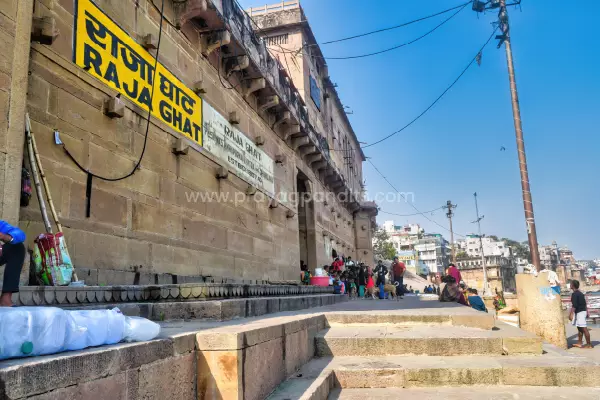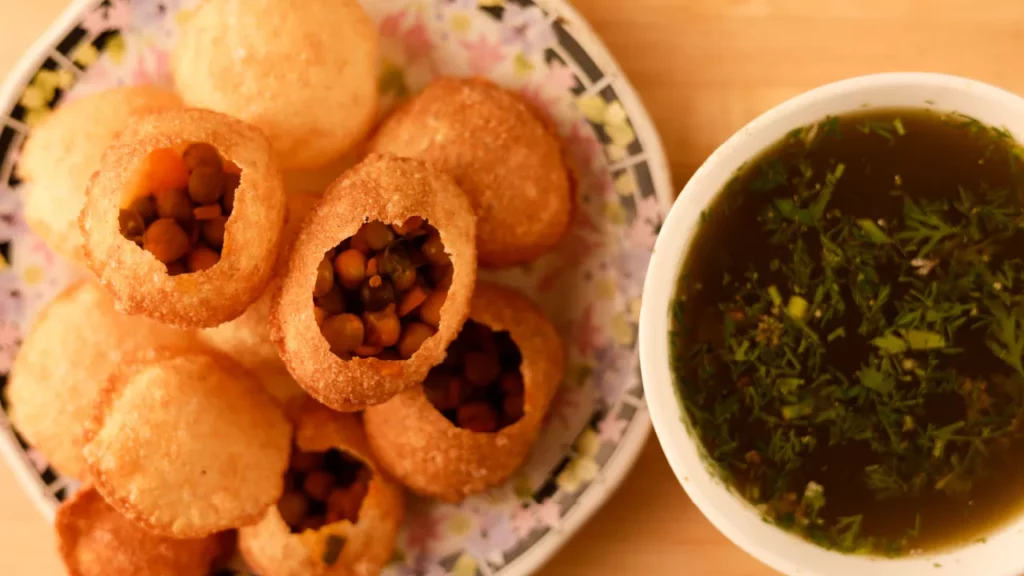Even for seasoned travellers, Varanasi may be a challenging trip. You will have a complete culture shock there, and you won’t soon forget it.
You will definitely feel something in this holy city, which will be both interesting and a roller coaster for your emotions.
Expect the Unexpected
This town is bizarre. Varanasi will not appeal to you if you are reasonable, logical, and have little patience with things complex, majestic, and chaotic. It’s crumbling, poetic, and odd. Everyday sights include goats wearing sweaters, old men having dips, boys flying kites, and burning bodies.

It is the spiritual capital of India and the holiest of seven sacred towns for Hindus and Jains. (It’s particularly significant for Buddhists because the Buddha is claimed to have delivered his first sermon in nearby Sarnath). It is one of the oldest continuously inhabited cities in the world. It has lived in over a hundred cultures, many of which it has not completely abandoned.
It has assimilated all of its conquests, myths, religions, and philosophies into a single metropolitan area. I have family in Varanasi and have visited since I was a child, but the city continues to surprise me. You will occasionally feel as if you are in a storybook. Simply go with it.
City of desserts?
Dessert is served for breakfast in Varanasi. also lunch also dinner and everything with cream. This is the city for you if you’ve ever daydreamed about fried rice balls dipped in rich, spicy cream or malaiyo. The popular yoghurt beverage lassi is served sweet with even sweeter rabdi (flour and sugar) that is cooked in a skillet.

India is well-known for its Banarasi (the name for a Varanasi trend, individual, or object) sweet shops. Sweets of all shapes and sizes are sold in little stores that line narrow lanes. Free samples are also available.
Forget cabs, the heart of the city lies on the ghats
Walk instead of using a tuk-tuk. The city’s centre is located on ghats, a set of steps that lead to the river’s edge and are split into sections by history, religion, way of life, and myth. The only way to observe the city’s various cultures is along a linear path through the ghats. How did a whole South Korean population end up residing in one? Nobody is aware.

Why did the Nepalese king construct a complete ghat in the centre of Uttar Pradesh? This is also a mystery. However, make sure to stop at Assi Ghat (the first ghat) for the morning aartis, which includes Vatika Pizzeria’s excellent pizza and impromptu performances by local musicians. Around 40,000 dead are taken to Manikarnika Ghat, a famous burning ghat, each year for Hindu cremation, adding extra closure.
One of the legends surrounding Manikarnika is that Parvati, the wife of Lord Shiva, dropped her earring while taking a bath in a well on the ghat. Shiva was ordered to look for it and was told not to leave until he did. Shiva never did, and legend has it that when a body is set on fire, Shiva would inquire of the ghosts as to whether they have seen his wife’s earrings.
Having Lunch? Look no further than the streets
Purchase fried food for lunch on the streets. Indulgent, profound, and gastronomic Varanasi is ignorant of the negative effects of fried food on one’s health. You can find tikki ke chaat, which are fried potato cutlets topped with chutneys and yoghurt, kachori sabzi, which is fried, flaky bread paired with steaming curries, and other types of chaat, which are fast foods that are typically sweet and sour concoctions of different deep-fried snacks topped with onions and tomatoes.

There aren’t many sit-down lunches in Varanasi. You will discover those, but they pale in contrast and are uninteresting. To eat like a local, stick to the sidewalks.
Ville de plusieurs langues, Varanasi
If you see a person on the street reading Nietzsche while covered in a shawl, don’t be shocked. Using French. The Banarasis are multilingual. Although English is the most commonly used foreign language in the city, which receives about 200,000 visitors annually, the locals have rapidly adjusted to the surge of European visitors and will imitate various phrases they have learned.
It’s possible to hear someone exclaim “Que Pasa! Que Tomato!” but it’s also possible to run across the occasional 12-year-old who can carry on a full-blown conversation in French.
Don’t like philosophy? You will, here!
Be prepared to ponder. Varanasi is home to one of the country’s oldest universities. One of the country’s pioneers of philosophy and art studies is Banaras Hindu University or B.H.U. As a city, Banaras exudes a sense of reflection. This place attracts a lot of writers.

Tulsidas, the author of the Ramayana, one of the major Indian epics, once resided in Varanasi. On the ghats, you might hear people talking about petty things in the material world. They may occasionally try to influence you by getting your opinion. Don’t be reluctant to participate. In Varanasi, there is no right or wrong.
And lastly, you’ll fall in love with this city
Bring time, money, and a flexible attitude. This is in the centre of India’s north. Here, time goes by slowly. Expect it to take longer than expected if you require money, rail tickets, or a bus reservation.
Jobs are distributed five ways in Varanasi: to reserve a boat, you must speak to a man who will then speak to another man, who will then send an 11-year-old your way. There is nothing to do but accept this way of life because this city is the oldest in the world. Fixed debates and unwavering beliefs miss Varanasi’s point.
You can also book a tour from here.

